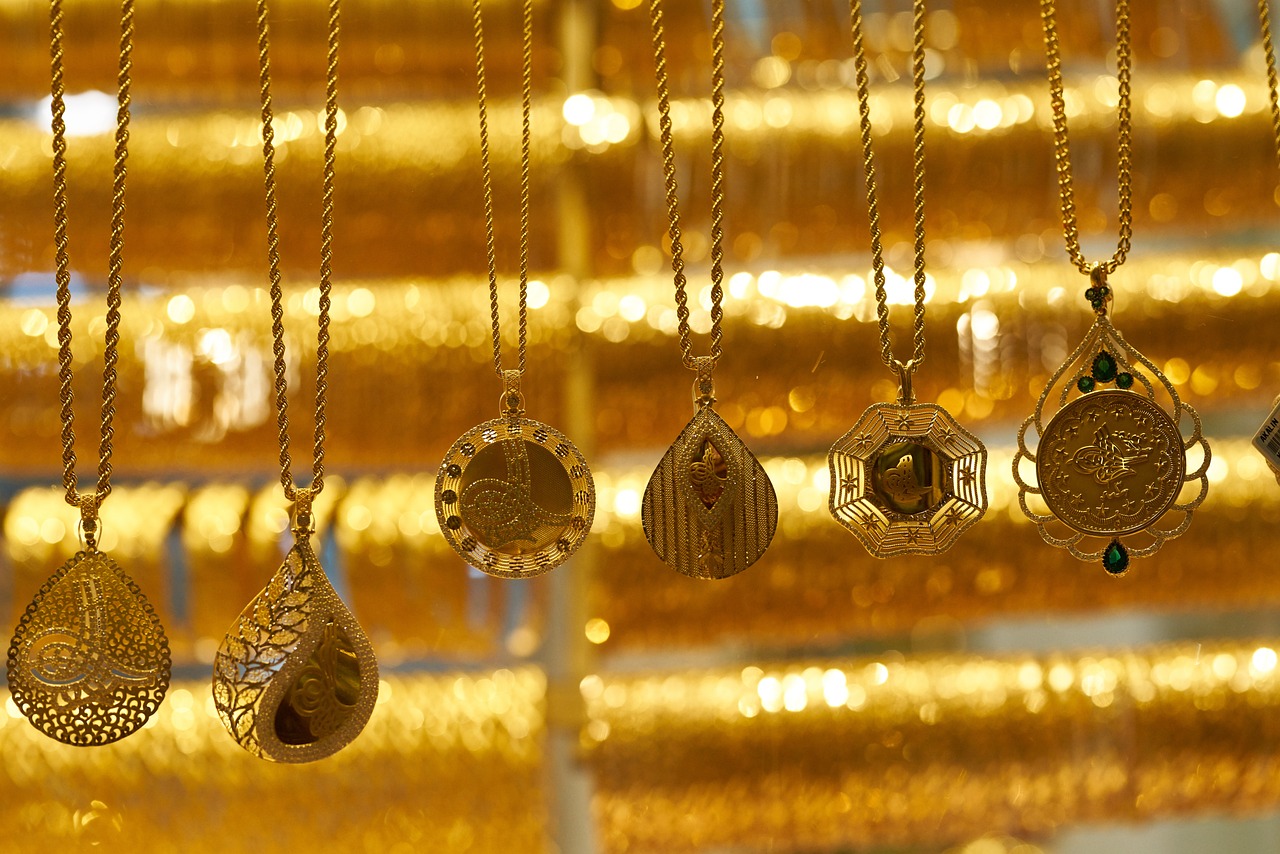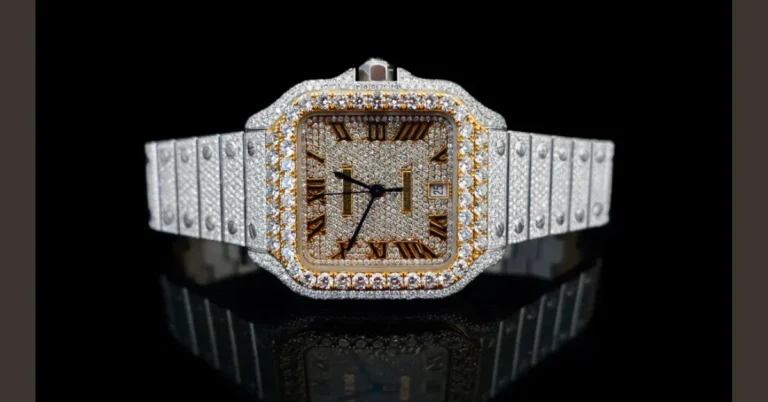A Guide to Ethical Jewelry Shopping: What You Need to Know
Table of Contents
- Introduction to Ethical Jewelry
- Why Ethical Jewelry Matters
- Critical Elements of Ethical Jewelry
- How to Identify Ethical Jewelers
- Certifications and Standards
- Sustainable Materials in Jewelry
- Challenges and Considerations
- Conclusion: Making Informed Choices
In recent years, there’s been a growing demand for ethical jewelry. Consumers are increasingly concerned about the origins of their accessories and their purchases’ impact on both people and the planet. Ethical jewelry ensures that the items are produced under fair labor conditions and environmental sustainability. This new wave of conscientious consumption satisfies a love for unique, beautiful pieces and supports safe and humane practices. Exploring wholesale jewelry suppliers is a viable option for those looking to source ethically made pieces on a larger scale. Such suppliers often offer a broader selection of ethically produced merchandise, enabling consumers and retailers to make more responsible choices.
Why Ethical Jewelry Matters
Ethical jewelry matters because it aligns with broader movements toward social responsibility and environmental awareness. By choosing ethically sourced jewelry, consumers can support better working conditions, reduce environmental harm, and promote sustainable practices within the industry. Ethical jewelry is about the piece’s appearance and the human and environmental narratives attached to it. The origins and production processes should reflect fairness and respect for natural and human resources. By making mindful choices, consumers play an active role in disrupting exploitative practices that often plague the traditional jewelry industry, fostering transparency and accountability.
Critical Elements of Ethical Jewelry
Understanding the critical elements of ethical jewelry is crucial. These elements include fair labor practices, environmentally friendly production processes, and transparency in the supply chain. Jewelry brands that adhere to these principles often provide certifications or detailed information about their sourcing and manufacturing processes. Fair labor practices ensure workers are compensated fairly and work in safe conditions. Environmentally friendly production processes focus on minimizing waste and reducing carbon footprints. Transparency in the supply chain means consumers can trace where and how their jewelry was made, ensuring that each step adheres to ethical standards. This level of transparency is critical in building trust between brands and consumers.
How to Identify Ethical Jewelers
Identifying ethical jewelers can be a challenge. However, certain aspects can serve as indicators. Look for transparent brands about their supply chain, provide third-party certifications, and actively engage in sustainable practices. Additionally, reading customer reviews and checking their commitment to corporate social responsibility can offer insights into their ethical standards. Ethical jewelers usually have clear, accessible information regarding their sourcing, production processes, and initiatives aimed at giving back to communities or protecting the environment. You can also look for participation in industry organizations focused on ethical practices, as these memberships often require adherence to strict guidelines.
Certifications and Standards
Certifications are crucial for establishing the credibility of an ethical jeweler. Seek certifications such as Fair Trade, Responsible Jewelry Council (RJC), and others to validate ethical and sustainable practices. Understanding these industry standards helps consumers make informed decisions. These certifications seal approval, signaling that a brand complies with global standards in environmentally friendly practices, fair labor conditions, and sustainable sourcing. They ensure the jewelry is produced under-regulated and verified ethical guidelines.
Sustainable Materials in Jewelry
Sustainable materials are at the heart of ethical jewelry. These include recycled metals, lab-grown diamonds, and responsibly sourced gemstones. Opting for these materials reduces the environmental footprint and aligns with sustainable consumption patterns. Recycled metals help diminish the need for new mining activities, which are often environmentally destructive and involve unethical labor practices. Lab-grown diamonds offer a conflict-free alternative to traditionally mined diamonds. Responsibly sourced gemstones are obtained through processes that respect environmental standards and support local communities. These materials help preserve the environment and promote fair labor practices and community development.
Challenges and Considerations
Despite the numerous benefits, there are challenges in the ethical jewelry industry. These include higher costs, limited material availability, and verifying ethical claims’ authenticity. Consumers need to be aware of these challenges and consider them when purchasing. While ethical jewelry tends to be more expensive due to the cost of sustainable practices and fair labor, many consumers find the higher price a worthy investment for the greater good. The limited availability of certain materials also restricts design choices. Verifying the ethical claims of brands can only be easy with the proper certifications or transparent supply chain information. Consumers must do their due diligence and research thoroughly before purchasing.
Conclusion: Making Informed Choices
In conclusion, ethical jewelry shopping is about aesthetics and making responsible and informed choices. By understanding the importance of ethical practices, identifying credible jewelers, and recognizing certifications, consumers can contribute to a more sustainable and fair jewelry industry. Your choices matter and can significantly impact both the planet and the people involved in creating these beautiful pieces. As the demand for ethical jewelry grows, more brands are encouraged to adopt sustainable practices, fostering a shift toward a more ethical and environmentally friendly industry.






